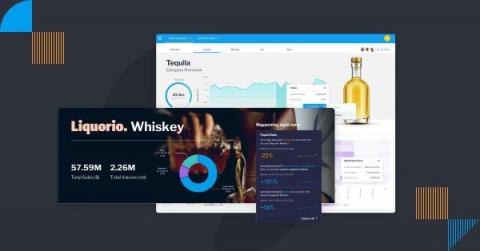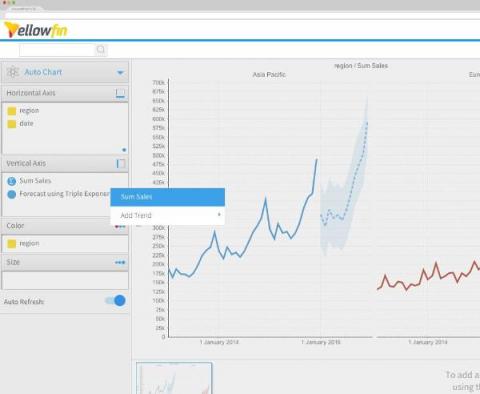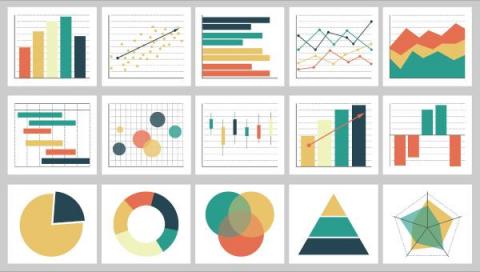Top 10 Essential Types of Data Visualization
Data visualization helps people comprehend and attain insight into big data. It represents complex data in visually interesting ways that assist in our understanding, and paves the way for a greater link between the provided raw data, and our overall engagement with it. Nowadays, we accumulate data in ever-increasing sizes, so we need an intelligent way to understand such vast volumes of information. In analytics, we often use different types of data visualization to convey complex datasets.











